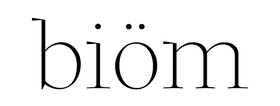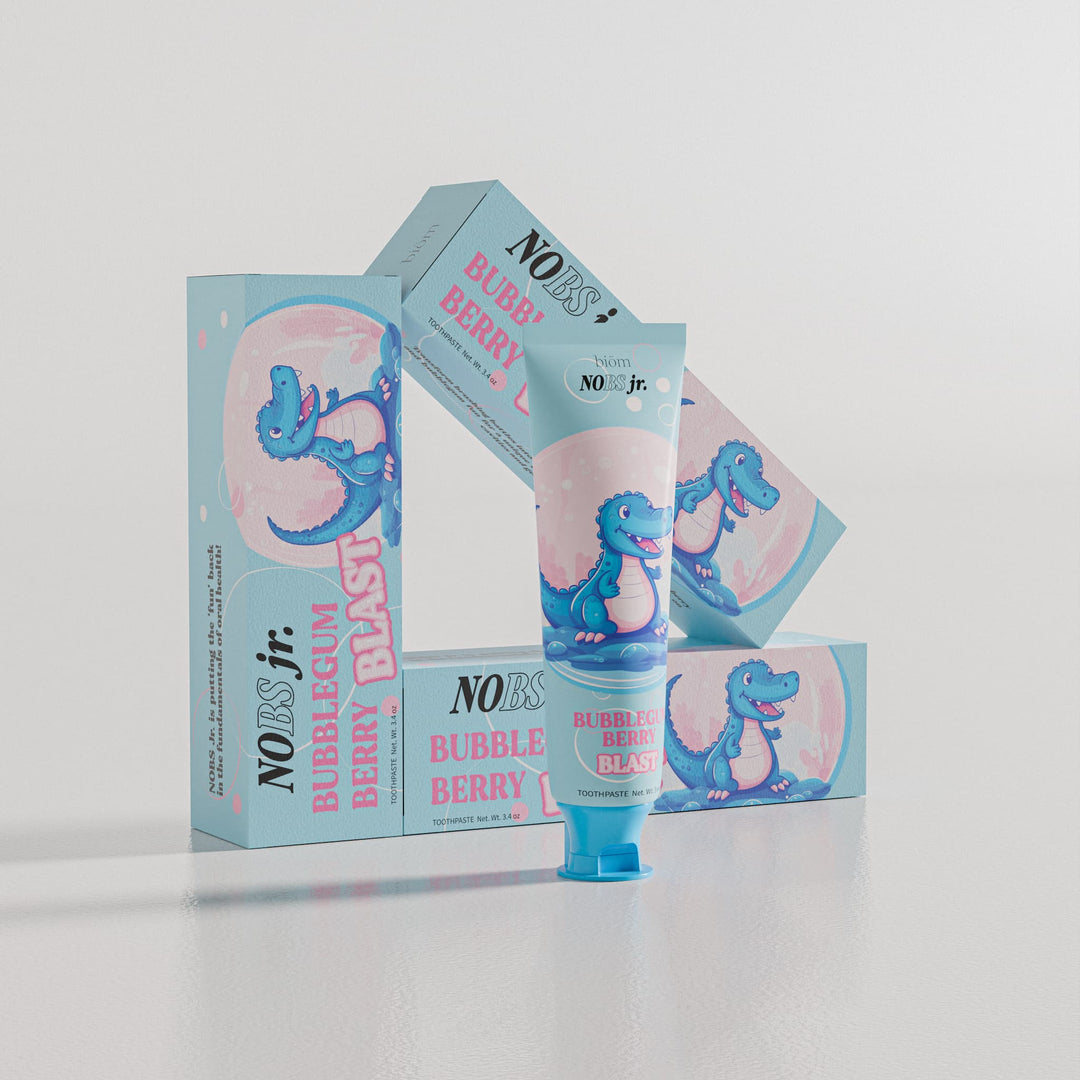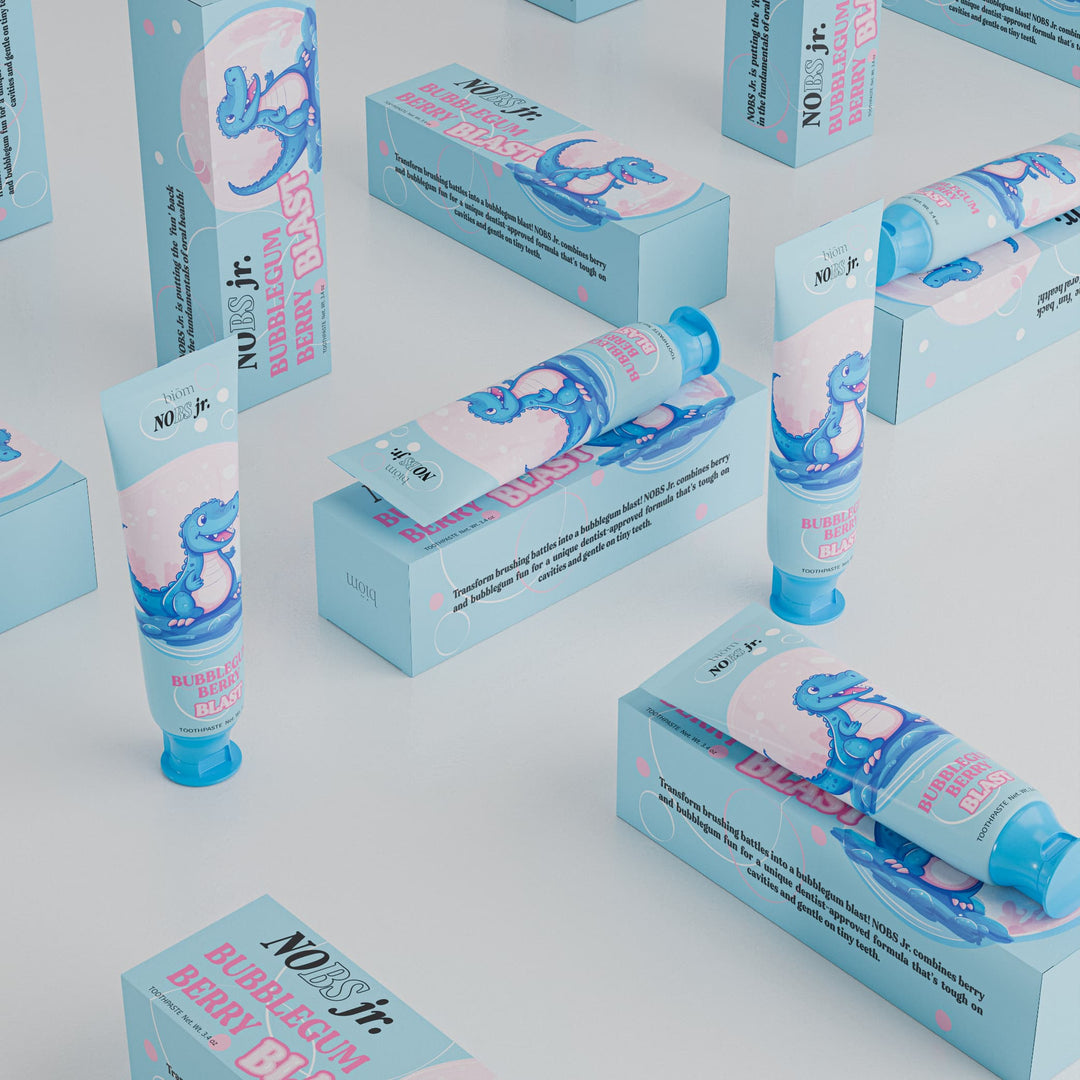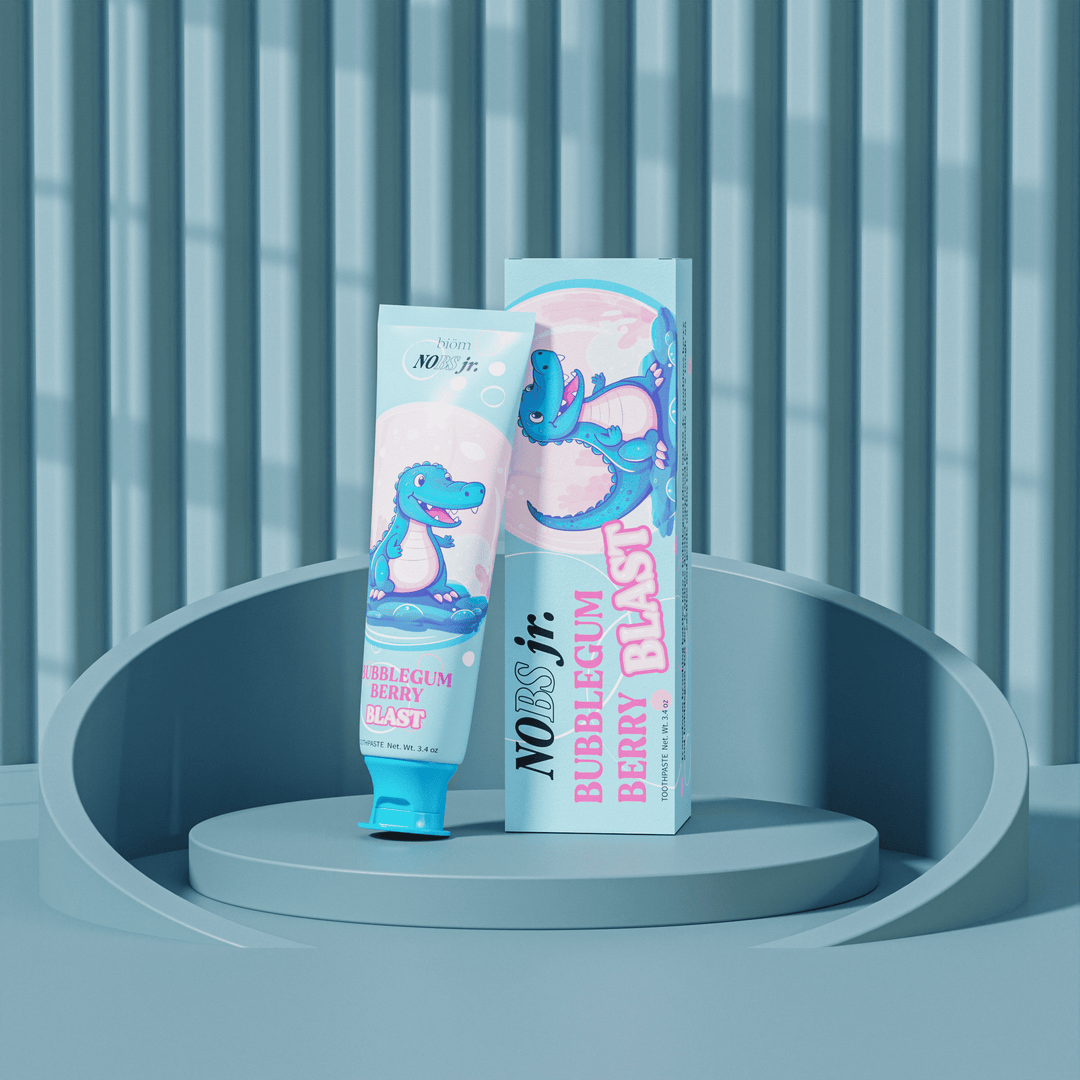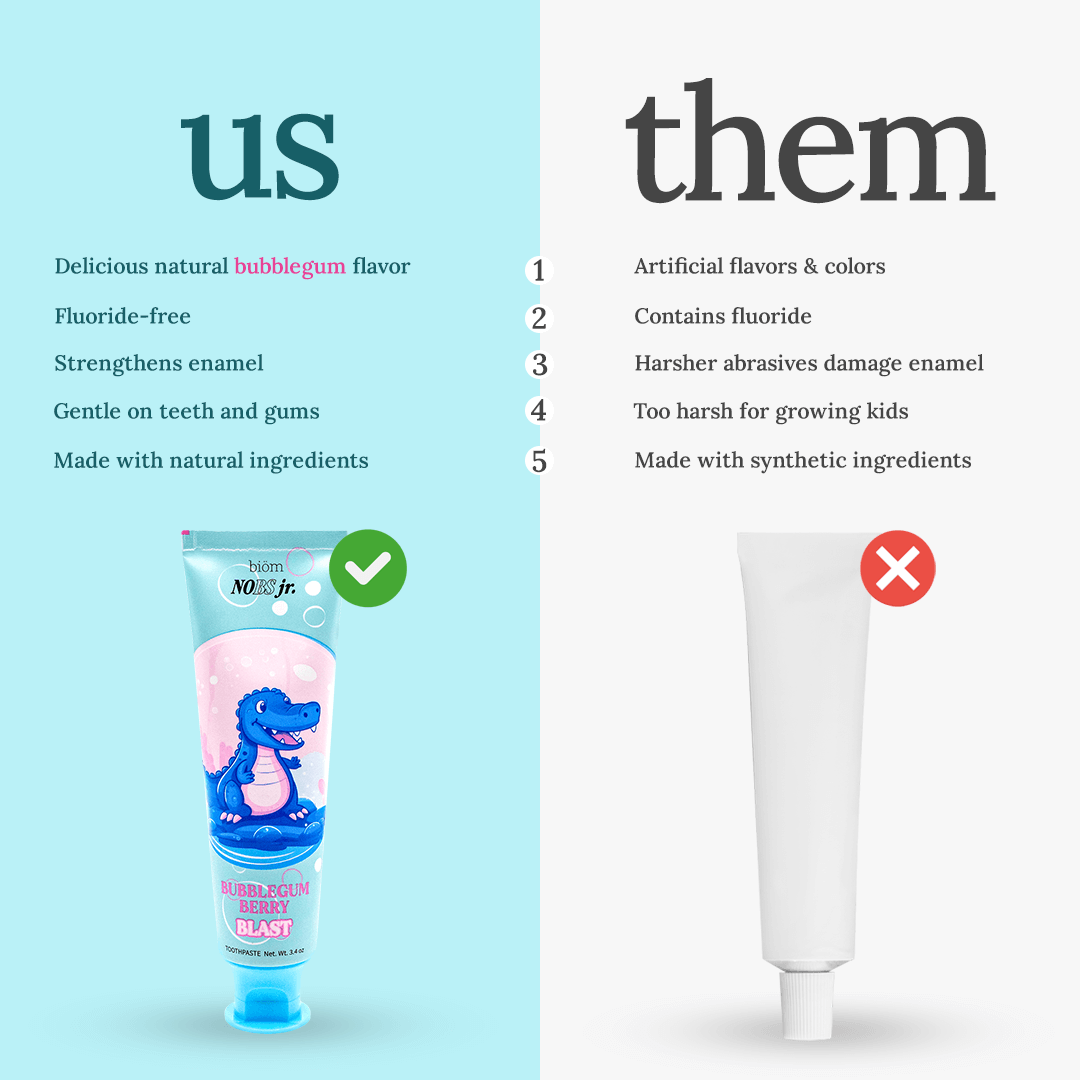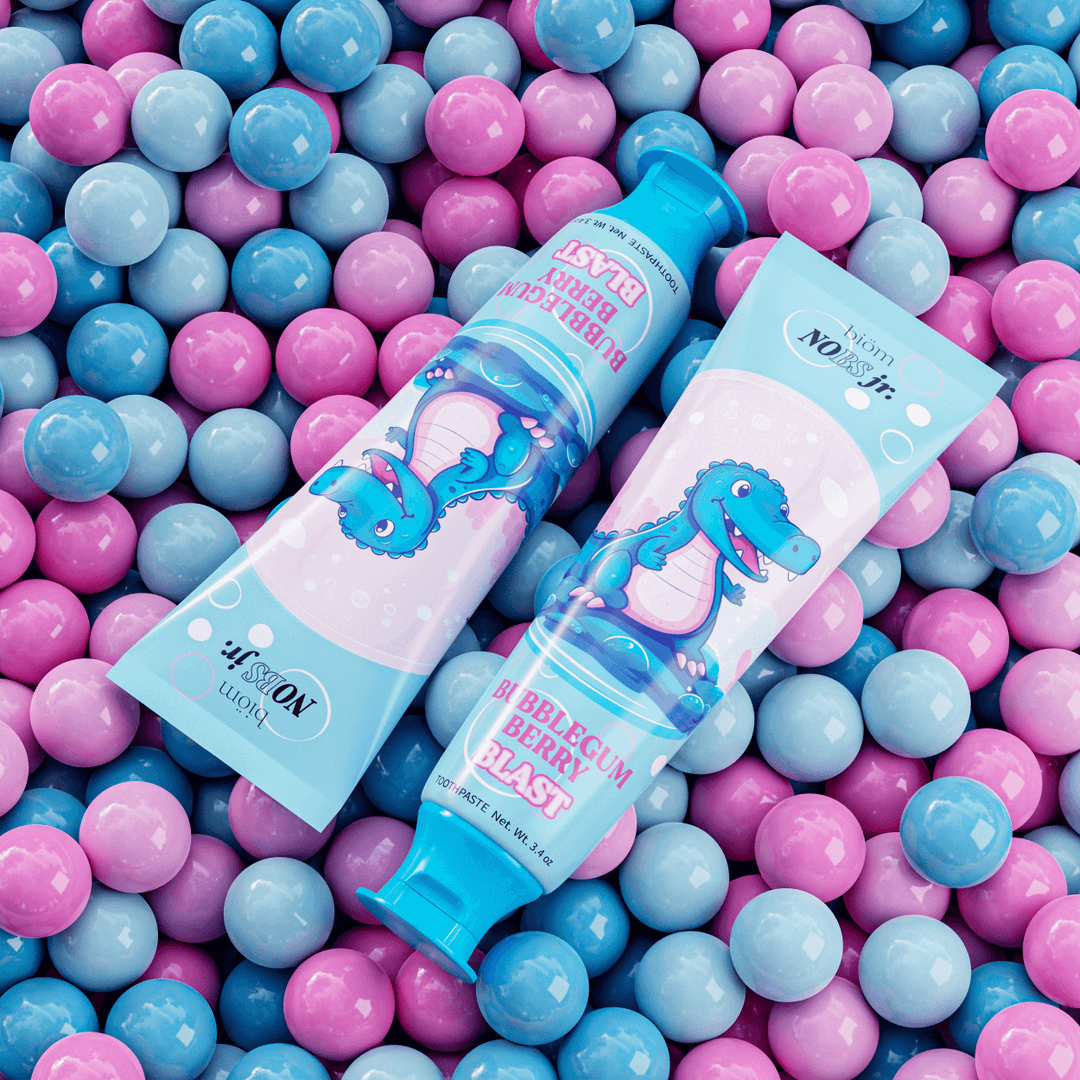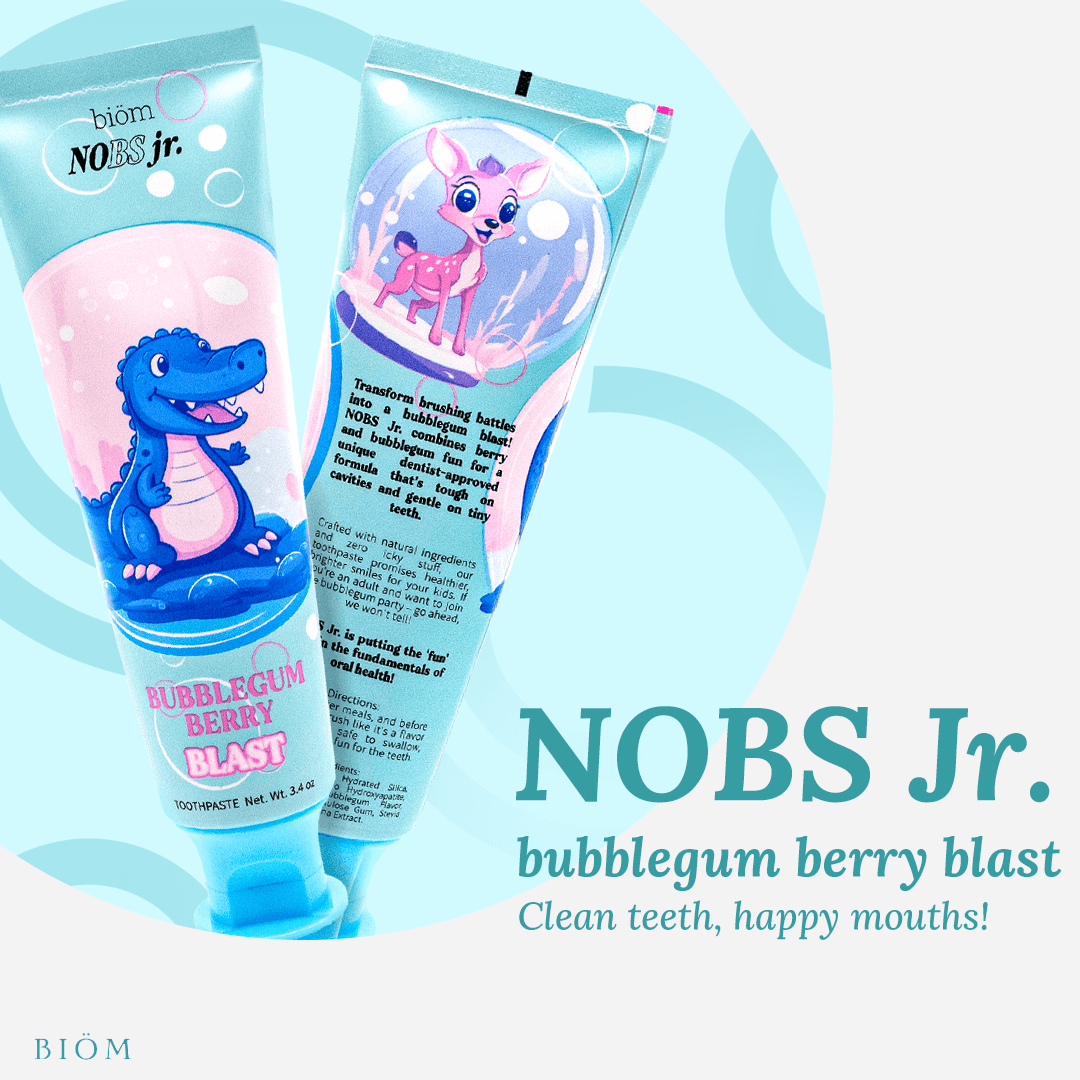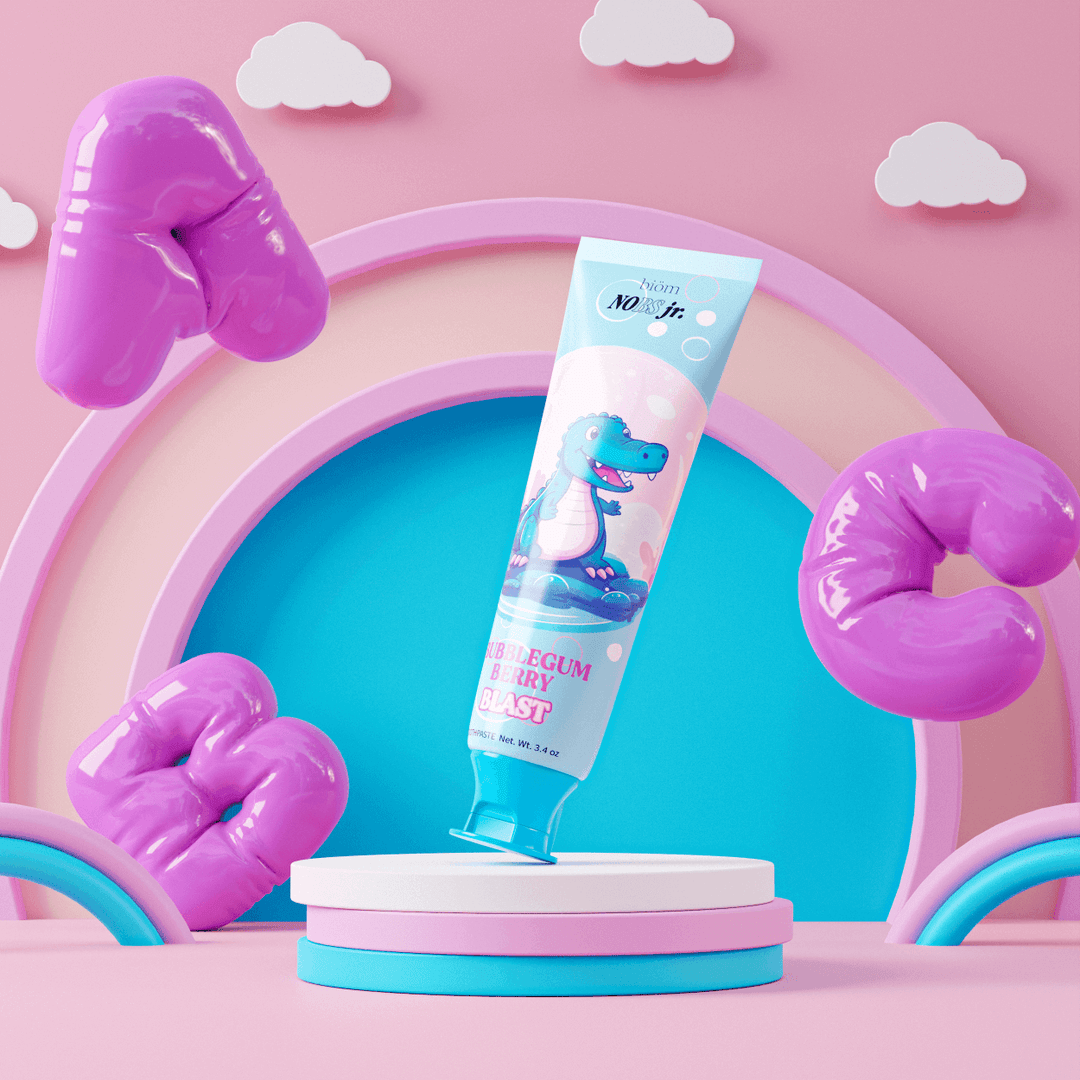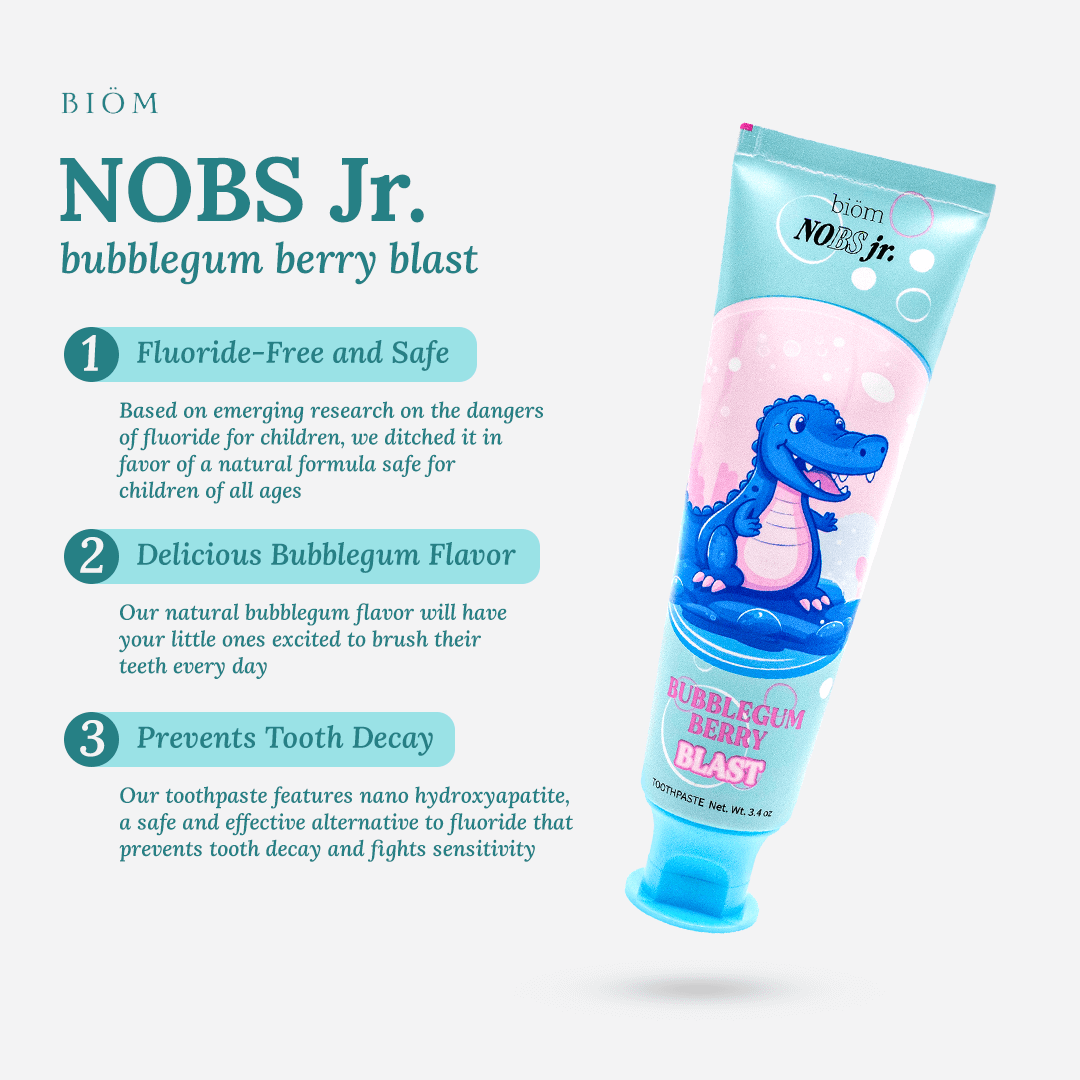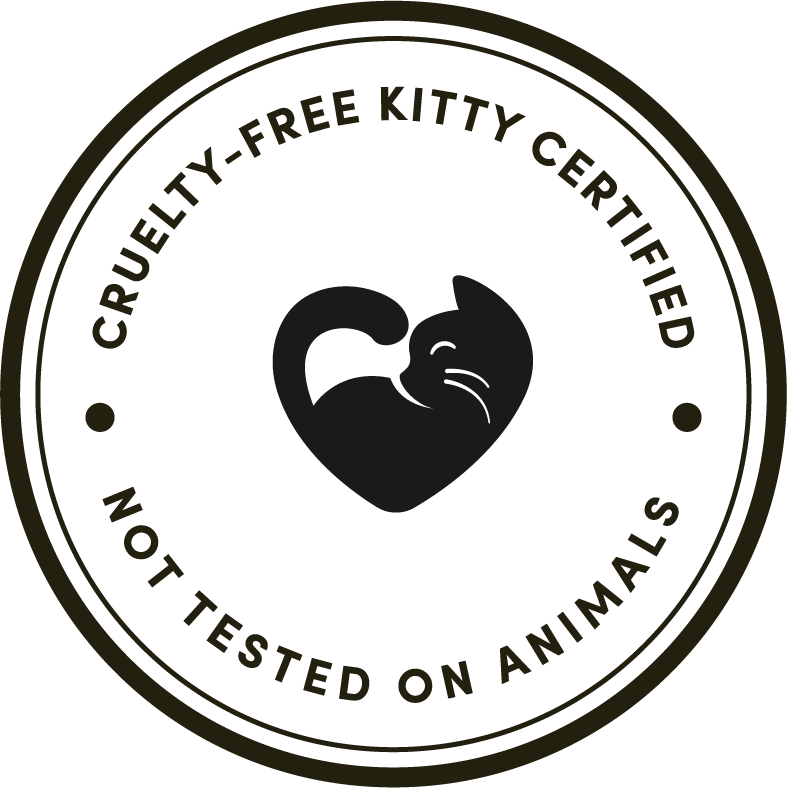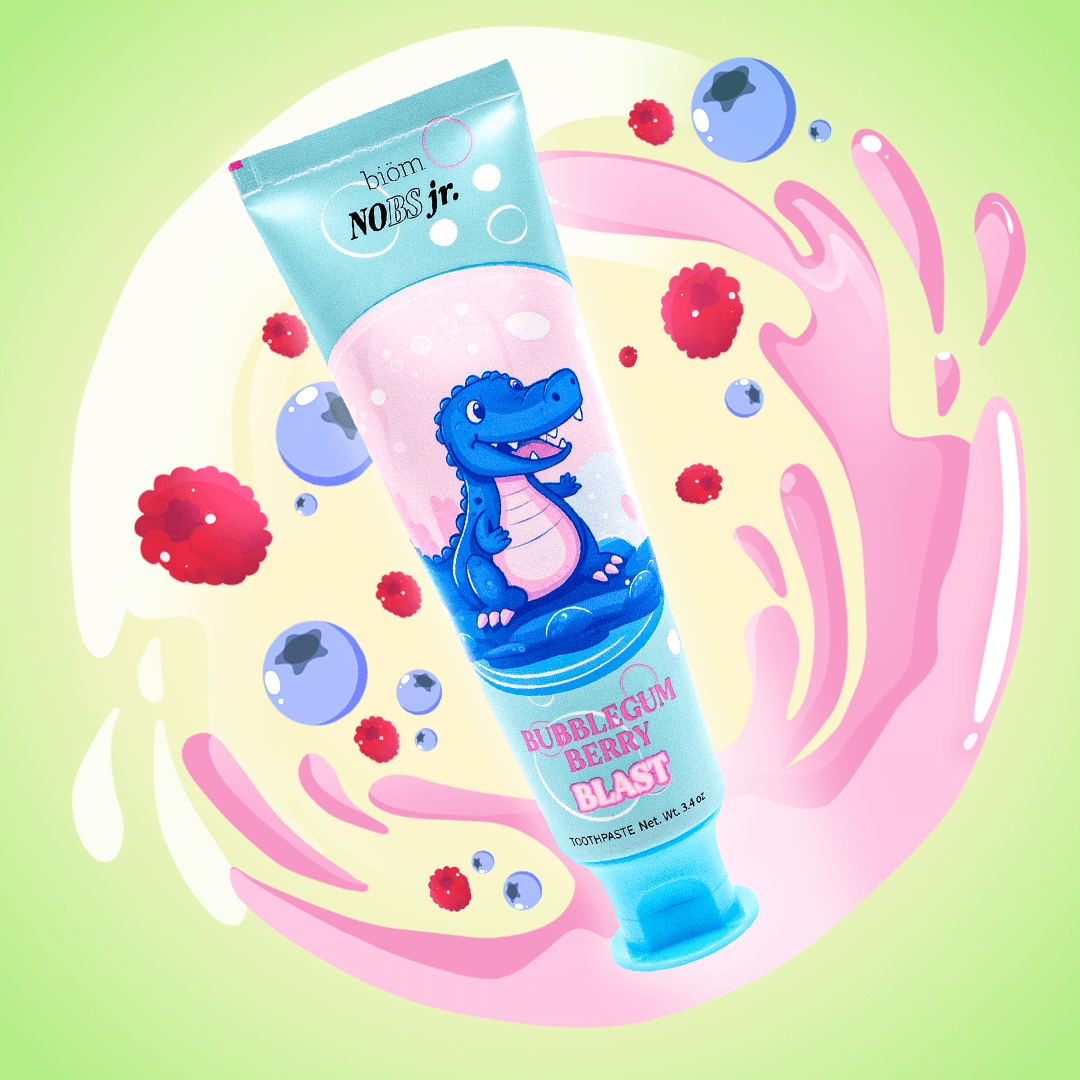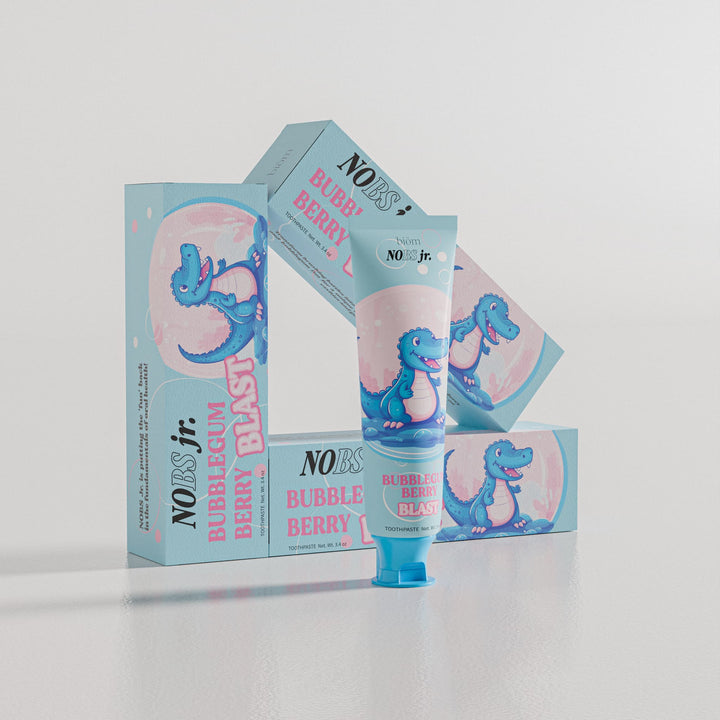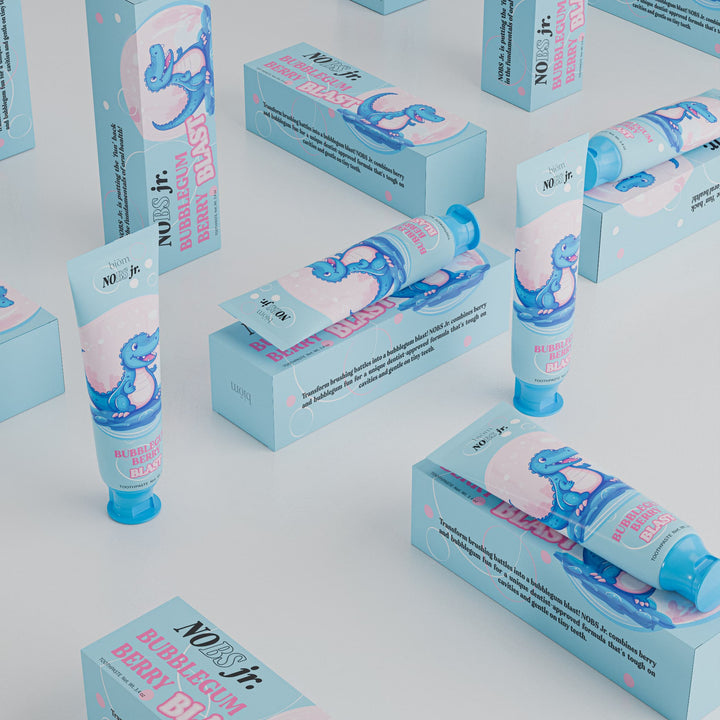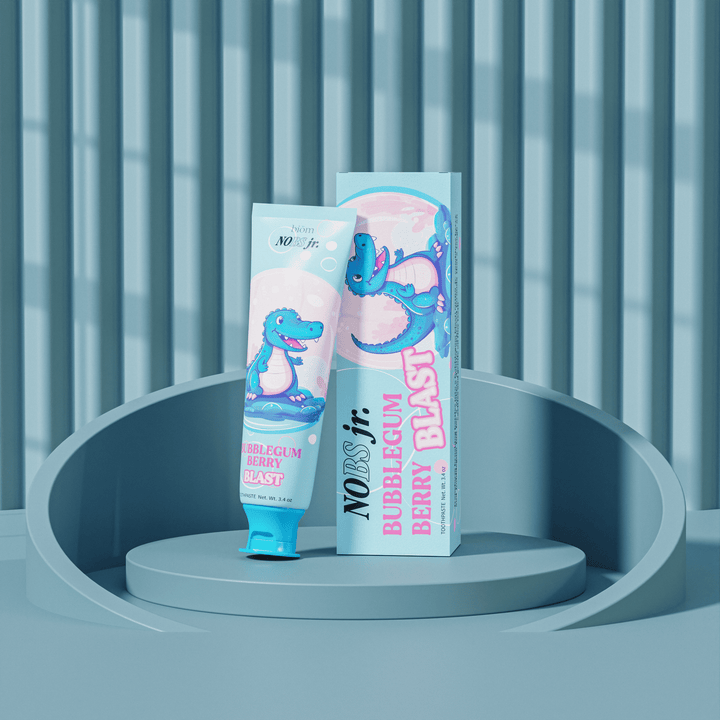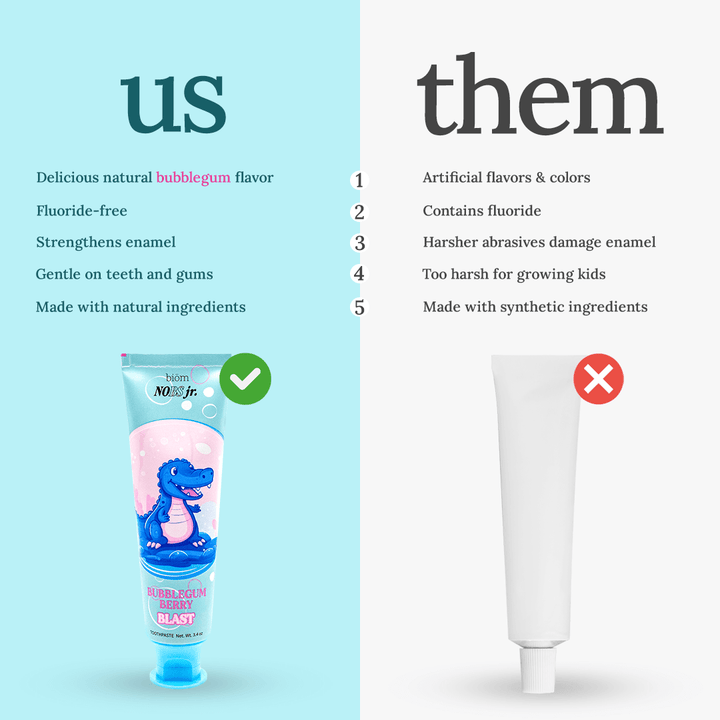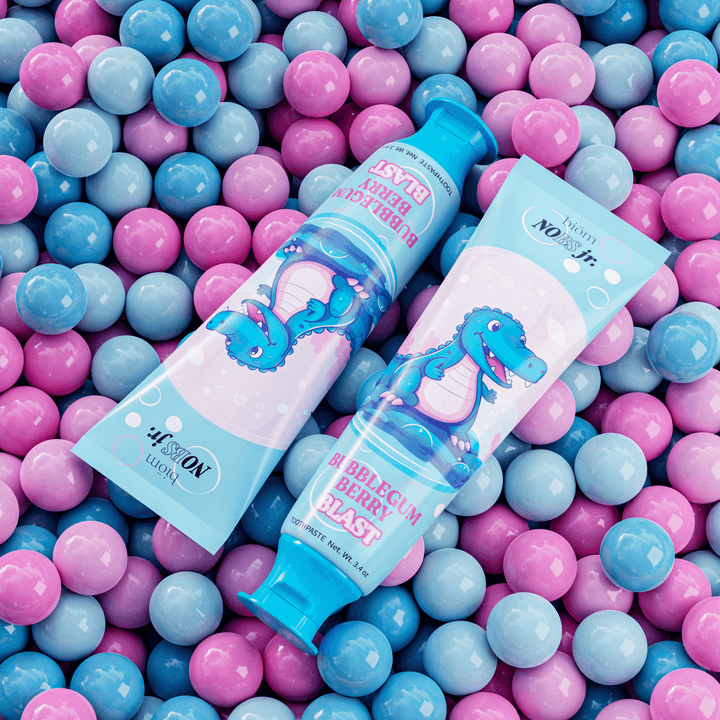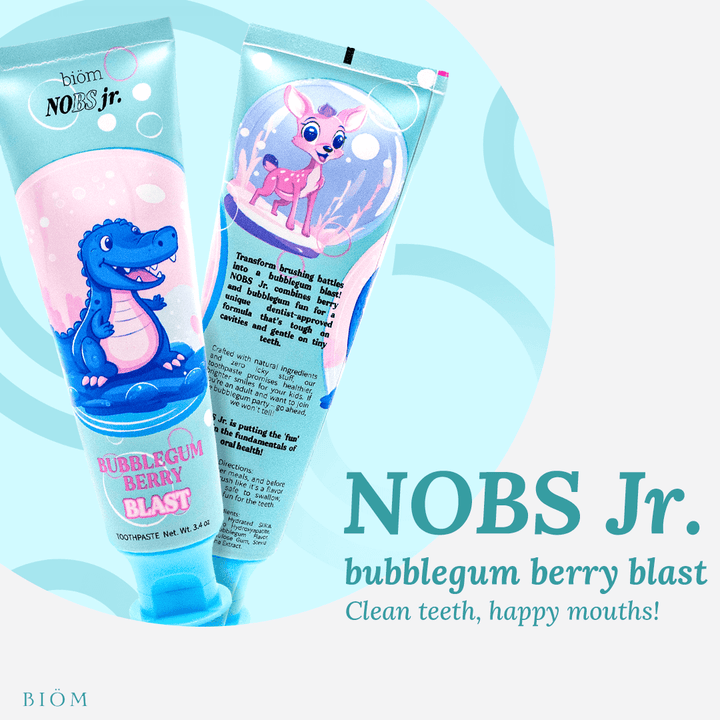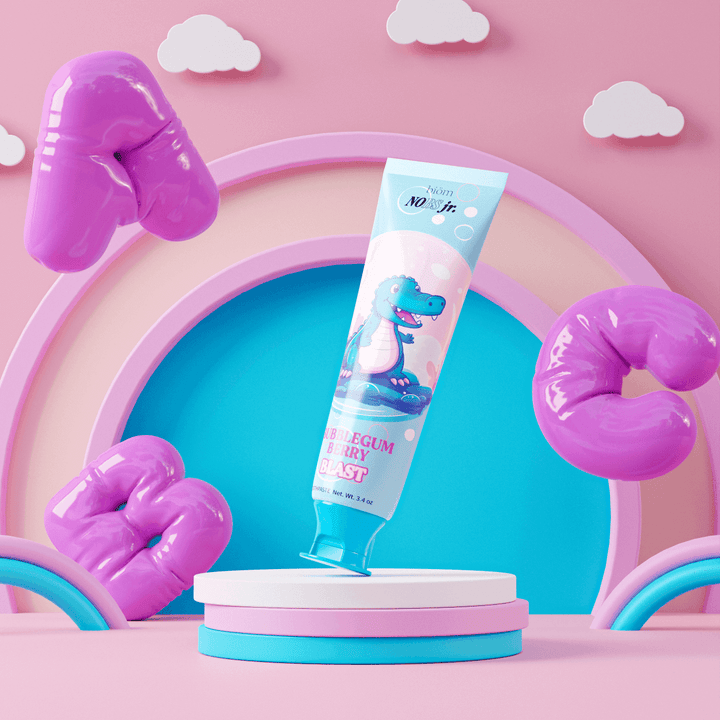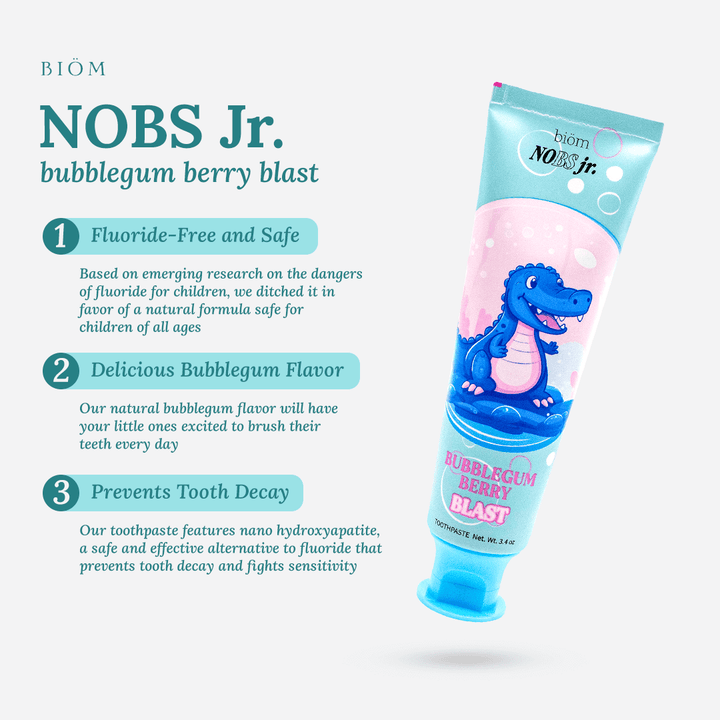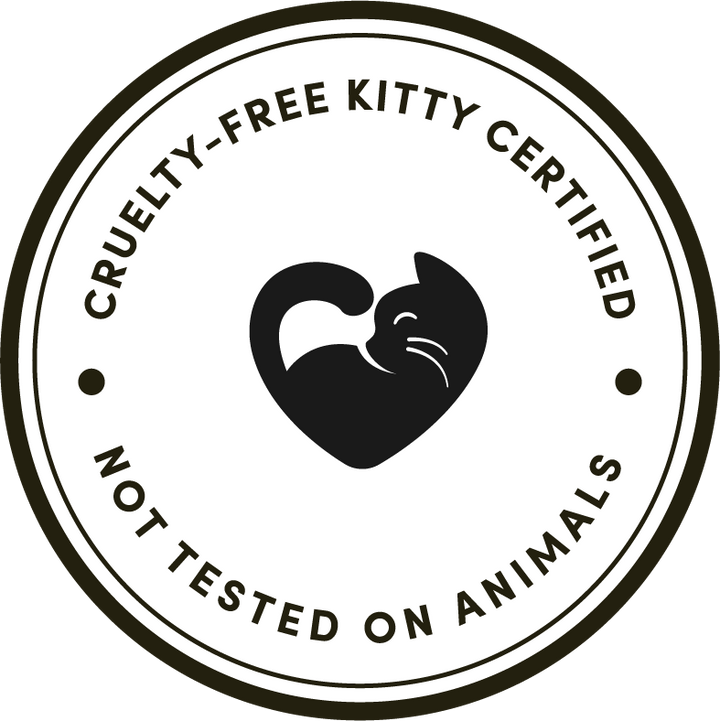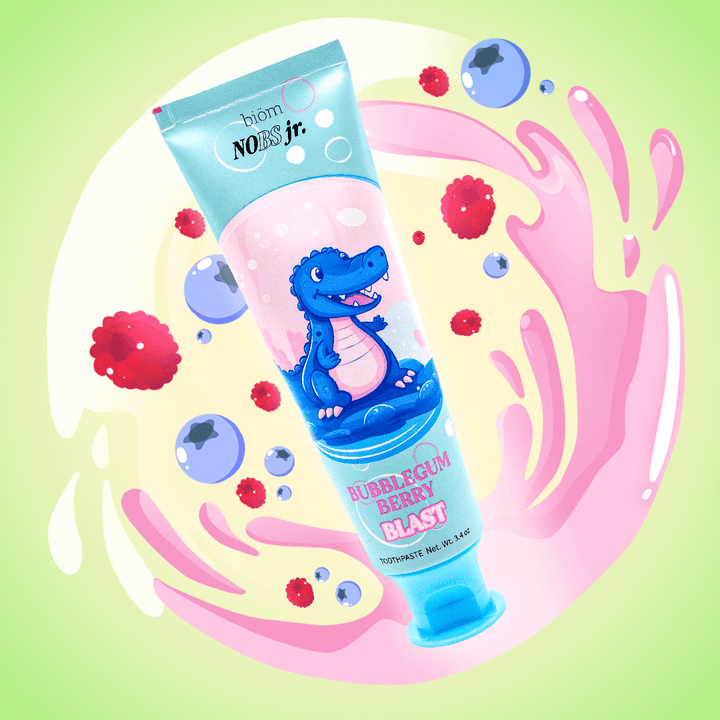How to Clean Newborn Tongue
To clean your baby's tongue effectively, we recommend that you follow these steps:
-
Wash your hands thoroughly with soap and water.
-
Dampen a clean cloth or gauze with lukewarm water.
-
Wrap the cloth around your index finger.
-
Gently wipe your baby's tongue with circular motions from back to front.
-
Repeat as needed until the tongue appears clean.
And there you have it - a simple and gentle way to keep your little one's tongue clean and fresh. Oh, and don't forget, it's a good idea to start this routine early on to keep out of any potential oral health concerns. Just be gentle and mindful of your baby's comfort throughout the process.
In this article, you'll learn everything on how to effectively clean your newborn's tongue and ensure their oral health.
The Importance of Cleaning Newborn Tongue

Keeping your baby's mouth clean is crucial for their overall oral health and development. In fact, a clean mouth for your baby will help prevent issues like:
-
milk residue buildup
-
oral thrush
-
and gum disease.
By establishing a regular oral hygiene routine, you can prevent these problems before they even start.
It is important to start this routine early as babies have less saliva than you, which makes it harder for their little mouths to wash away milk residue. Plus, it enables them to better taste their food and eliminate any sour or bitter flavors.
To fully ensure the best for your baby, be sure to consult with your baby's pediatric dentist. They can provide proper guidance and address any concerns your child may have.
When should you start cleaning your babies tongue?
You should start cleaning your baby's tongue from the very beginning. Even before their first tooth emerges, cleaning the tongue helps remove any bacteria and residue that may accumulate in the mouth.
By incorporating this simple step into your baby's routine, you can promote good oral health and prevent potential issues.
Just keep in mind that kid's should not use adult toothpaste in their early years, as adult toothpaste often contains higher levels of fluoride and harsher abrasives that may be too strong for their developing teeth and gums.
To ensure you are performing the cleaning correctly and to address any specific concerns, it's a good idea to consult with a pediatric dentist who can provide guidance tailored to your newborn's needs.
How to Clean Babies Tongue: 3 Methods

As you nurture your newborn baby, establishing a daily oral hygiene routine is crucial, and a key part is cleaning your baby’s tongue.
Follow these simple methods to make sure your baby's tongue stays clean!
Method 1: Using a Clean, Damp Cloth to Wipe the Tongue Gently
If you're wondering how to clean your newborn's tongue, maintaining cleanliness is essential for your baby's oral health.
There's no need for vigorous scrubbing; instead, use a clean, damp cloth to gently massage or wipe the tongue and gums after feeding or during bath time. This practice helps remove any milk or formula residue, stimulating saliva production and preventing bad breath in children.
It's crucial to start cleaning their tongue before your baby's teeth emerge to ensure their entire mouth stays healthy and clean.
Method 2: Using a Soft-bristled Toothbrush Designed for Babies
A soft-bristled toothbrush specifically designed for babies can effectively clean their tongue and gums.
These toothbrushes usually come with a small head and very soft bristles, making them perfect for the delicate oral mucosa of your newborn babies.
You can easily find toothbrushes specifically designed for babies at most drugstores or supermarkets.
Choose one with a small head for easy handling by your baby. Begin by moistening the toothbrush with warm water and brush the tongue with light, sweeping strokes.
Method 3: Use a Tongue Scraper Designed for Babies
Tongue scraping is an underrated yet effective method for promoting oral hygiene and fresh breath for your babies.
For older infants, it's simple: just gently place the scraper on your babies tongue and pull forward to remove plaque and bacteria once daily. Make sure to use a scraper designed for your baby, characterized by soft edges suitable for their tender tongue.
Apart from enhancing oral hygiene, tongue scraping can improve taste perception by clearing unwanted particles from taste buds.
After use, rinse the tongue scraper and replace if damaged. With proper care, a tongue scraper becomes a valuable tool in maintaining your baby's oral health and fresher breath.
Is it safe to use a baby tongue cleaner?
Yes! Baby tongue cleaners are generally safe to use when used correctly.
You can start by using a clean, damp cloth to softly massage your baby's tongue after feeding or during bath time. This helps get rid of any milk or formula residue and stimulate saliva production.
Moreover, using a soft-bristled toothbrush designed for babies and a tongue scraper can aid in removing bacteria and food debris from the tongue's surface, promoting oral hygiene and fresh breath.
Just remember to apply gentle pressure when using a tongue scraper and rinse your baby's mouth with water afterward.
Of course, if you are unsure about using a baby tongue cleaner, it is always a good idea to consult with your pediatric dentist for guidance.
Don'ts for Brushing Newborn Tongue
Since newborn babies have unique needs and sensitivities, it's essential to be mindful about the things that can be a worry.
-
Avoid Using Adult Toothpaste or Mouthwash: Refrain from using adult fluoride toothpaste or mouthwash, as they may contain ingredients unsuitable for infants. Opt for water or fluoride-free toothpaste specifically formulated for babies.
-
Don't Apply Excessive Pressure: Avoid applying too much force when cleaning your newborn's tongue and inner cheeks. Instead, use gentle, circular motions with a soft cloth or finger brush to prevent irritation.
-
Steer Clear of Harsh Cleaning Agents: Stay away from harsh cleaning agents or chemicals like sodium lauryl sulfate (SLS) in toothpaste that could disrupt the natural balance of bacteria in your baby's mouth. Stick to mild, baby-safe cleansers or simply use warm water.
-
Don't Neglect Cleaning Tools Hygiene: Ensure that cleaning tools such as finger brushes or soft-bristled toothbrushes are properly cleaned and sanitized after each use. Neglecting hygiene could lead to the spread of harmful bacteria.
-
Avoid Over-Cleaning: Resist the urge to clean your baby's tongue too frequently. Cleaning once a day as part of their daily oral hygiene routine is sufficient. Over-cleaning may disrupt the natural flora in their mouth and lead to microbiome imbalances.
Therefore, paying attention to these common missteps, you can cultivate a healthy oral environment for your newborn's ongoing development.
How to Brush Baby Tongue and Teeth

Brushing your baby's teeth is an essential part of their oral hygiene routine and helps to promote healthy gums and teeth.
To clean your baby's tongue effectively, first, thoroughly wash your own hands with soap and water. Then, to begin cleaning, lay your baby across your lap with their head cradled in your hand. Then:
-
Moisten a soft-bristled toothbrush designed for kids.
-
Apply a small amount of kid friendly toothpaste to the toothbrush.
-
Gently brush your baby's teeth and gums with circular motions from back to front.
-
Repeat brushing as needed until their teeth and gums are clean.
-
Rinse your baby's mouth with water or you may teach them to spit.
That's it! By following these simple steps, you can effectively clean your baby's teeth and help maintain their overall oral hygiene.
Should I clean my baby tongue everyday?
Yes, you should clean your baby's tongue every day.
Gently wiping their tongue helps remove bacteria and any milk residue that can lead to buildup.
You can use a soft cloth or a baby tongue cleaner to do this, making sure it’s done gently to avoid irritation.
Cleaning their tongue regularly helps maintain good oral hygiene and can prevent issues like bad breath or oral infections.
Start as early as possible to make it a regular part of their daily routine.
How to Teach Your Child to Brush Their Teeth
Once your baby's teeth emerge, it's generally safe to start brushing them. For most toddlers, brushing their teeth and tongue can be a bit challenging.
While they may not be able to do it perfectly on their own, you can help them learn proper oral hygiene habits by supervising and guiding them through-out the process.
- Onto a wet brush, begin by squeezing a small amount of kids nano hydroxyapatite toothpaste, as your child should not use toothpaste with fluoride to avoid potential concern like fluorosis. This helps to ensure proper cleaning and peace of mind since nano hydroxyapatite is safe for your kids.
-
Show your child how to brush their teeth by first demonstrating on your own teeth with your own toothbrush. This gives them a visual example of the correct technique.
-
As you brush your child's teeth, explain each step and guide their hand to ensure they're brushing all surfaces effectively. Emphasize brushing the front and back of their teeth for thorough cleaning.
-
Once you've shown them how it's done, allow your child to try brushing their own teeth while you supervise. Offer gentle guidance and encouragement as they practice.
Ideally, you should brush your baby’s tongue at least twice a day. As they get older and begin brushing for themselves, remind them not to swallow the toothpaste, just spit out any excess after brushing. They do not need to rinse after brushing teeth.
By starting early, you can teach them to view it as a fun game while also helping them develop good oral hygiene habits and maintain a healthy mouth.
Moreso, supervise them during brushing until they're confident enough to do it on their own, usually around the ages of 6 to 10. Further, please note that kids should not use whitening toothpaste.
Lastly, while brushing their teeth are already beneficial, your child should still be seen by a dentist within six months of their first primary tooth or by twelve months of age, as recommended by the American Academy of Pediatric Dentistry.
Summary: How to Clean Newborns Tongue

All in all, to clean your newborn's mouth and tongue, just wash your hands, gently wipe with a damp cloth or gauze, rinse, and pat dry.
It is important to start early as delaying treatment has serious consequences, including:
-
milk residue buildup
-
bad breath
-
oral thrush
-
and potential future tooth decay.
This simple routine have a big impact on your newborn's oral health and overall well-being.
So, why wait? Get started with tongue cleaning now, and give your baby the best shot at a lifetime of happy, healthy smiles!
Frequently Asked Questions
When can I start cleaning my newborn tongue?
You can begin cleaning your newborn's tongue right away, ideally from the first few days after birth. Even before their first tooth emerges, gently wiping their tongue with a clean, damp cloth or gauze can help remove milk residue and bacteria. Which will promote good oral hygiene and preventing issues like oral thrush and bad breath. By starting this early you will establish a healthy routine and sets the stage for lifelong dental care of your child.
How do you get milk off a newborn's tongue?
To remove milk residue from your newborn's tongue, you can use a clean, damp cloth or gauze. Gently wipe the tongue with circular motions from back to front. This helps to effectively clean the tongue, gums, and cheeks of your baby, which will promote saliva production, and maintain good oral hygiene for your baby.
How do I get rid of my newborn's white tongue?
To get rid of your newborn's white tongue, you can gently wipe it with a clean, damp cloth or gauze. This can help remove any milk residue or buildup that may be causing the white appearance. Doing this will ensure your newborn's proper oral hygiene practices. However, if issues persist, consulting with your pediatrician dentist can be beneficial.
Can adults use kids toothpaste?
Yes, adults can use kids' toothpaste, especially if they prefer a gentler and less abrasive formula. Many kids' toothpastes, like those with hydroxyapatite, offer effective cavity protection and enamel strengthening. However, adults may need additional fluoride or whitening ingredients that are more commonly found in adult toothpaste.
Do newborns need to brush their tongues?
No, your newborn babies do not typically need to brush their tongues. However, gently wiping their tongues with a clean, damp cloth or gauze can help remove any milk residue or buildup. This practice can promote good oral hygiene and prevent issues like oral thrush, gum disease or bad breath. As your baby grows and teeth start to emerge, introducing a soft-bristled toothbrush designed for babies can be beneficial for cleaning their tongues along with their gums and teeth.
Can I clean my 1 week old baby's tongue?
Yes, you can clean your 1-week-old baby's tongue. It's safe to gently wipe their tongue with a clean, damp cloth or gauze to remove any milk residue or buildup. Be sure to do it gently and avoid applying too much pressure to prevent any discomfort for your newborn.
Can babies use adult toothpaste?
No, babies should not use adult toothpaste because it contains higher levels of fluoride, which can be harmful if ingested in large amounts. Instead, use a fluoride-free toothpaste specifically designed for infants and toddlers. These toothpastes are safer and help establish good oral hygiene habits from an early age.
How do you get milk off a baby's tongue?
To remove milk from a baby’s tongue, you can gently wipe it with a clean, damp washcloth or a soft, infant-friendly finger brush. Make sure to do this after each feeding to prevent milk buildup, which could lead to thrush or other oral issues. For older babies, you can also use a soft toothbrush with a small amount of water to clean their tongue. Be gentle and avoid using any harsh cleaners or toothpaste before they are old enough for it.
Should I clean my newborn tongue?
Yes, it’s a good idea to clean your newborn’s tongue to remove milk residue and prevent the buildup of bacteria, which can lead to oral issues like thrush. You can gently wipe their tongue with a clean, damp washcloth or a soft, infant-friendly finger brush. Cleaning should be done after each feeding, but be sure to be very gentle to avoid irritating their sensitive mouth. Always consult your pediatrician if you notice any unusual buildup or signs of infection.
How long does it take for milk tongue to go away?
Milk tongue, a white coating on a baby’s tongue caused by milk residue, usually goes away on its own within a few days after feeding. If your baby is breastfeeding or bottle-feeding regularly, the buildup should gradually disappear as you clean their tongue and they start to develop their oral hygiene habits. However, if the white coating persists for longer or is accompanied by other symptoms like discomfort, it could be a sign of thrush, and you should consult a pediatrician for advice.
How to clean baby tongue?
To clean your baby’s tongue, gently use a soft, clean cloth or a baby tongue cleaner. Wrap the cloth around your finger and softly wipe their tongue to remove any residue. Be sure to be gentle to avoid hurting their sensitive mouth.
Is it necessary to clean baby tongue?
Yes, it is necessary to clean your baby’s tongue to remove bacteria and milk residue. Cleaning their tongue helps prevent buildup, bad breath, and oral infections. It’s a simple step in their daily oral hygiene routine.
How do I get the white stuff off my baby's tongue?
The white stuff on your baby’s tongue is usually milk residue or a buildup of bacteria. Gently wipe their tongue with a clean, soft cloth or use a baby tongue cleaner to remove it. If the white coating doesn’t go away, it may be a sign of thrush, and you should consult a doctor.
